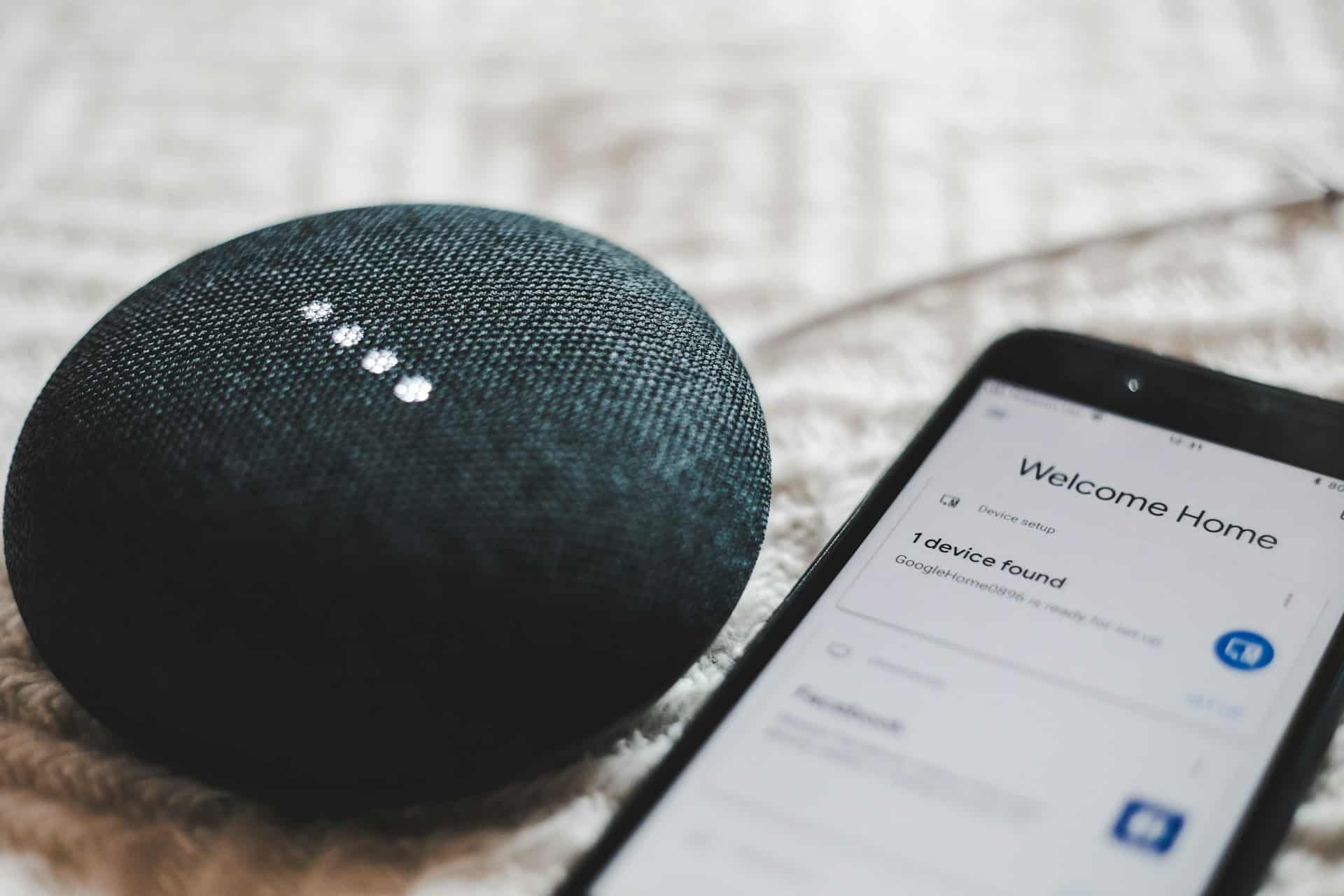What Are the Effective Methods to Integrate Smart Home Devices for Unified Control?

Welcome to the era of smart homes, where convenience, security, and energy efficiency are at the forefront of our lifestyles. Smart home devices have rapidly grown in popularity due to their capabilities to provide improved control over various household systems and appliances. From smart thermostats that manage your home's climate to home security systems, these devices are transforming the way we live. However, integrating these multiple smart devices into one unified control system can be a daunting task for many users. This article aims to provide effective methods to integrate these smart devices into a unified control system, enabling you to manage all your smart home devices seamlessly from a single platform.
1. Understanding Your Smart Home Ecosystem
Before you start integrating your smart devices, it's essential to grasp the understanding of your smart home ecosystem. Different devices use different networking technologies, and not all of them may be compatible with your current system. Hence, it's crucial to ensure that all your devices can communicate with each other. This section will guide you on how to understand your smart home ecosystem, which will form the basis of your integrated control system.
A voir aussi : How to Use Geofencing on Your Smartphone for Custom Notifications and Alerts?
When setting up your smart home, the first thing to consider is which network your devices will use. The most common networks are Zigbee, Z-Wave, and Wi-Fi. Zigbee and Z-Wave use low-energy radio waves to connect devices, whereas Wi-Fi uses your home's existing internet connection. The choice of network will depend on the range, energy consumption, and compatibility with your devices.
Another essential part of the ecosystem is the smart home hub or smart speaker. This device serves as the central point of control for all your devices. Popular options include Amazon Echo (Alexa), Google Home, and Apple HomePod (Siri).
A lire aussi : What Are the Steps to Create a Custom Smart Home Automation Routine Using Your Smartphone?
2. Choosing the Right Smart Home Assistant
Choosing the right smart home assistant forms the crux of your smart home control system. This section explores different smart home assistants and their unique features that can help you make an informed decision.
The smart assistant is the heart of your smart home. It integrates all your devices and lets you control them using simple voice commands or through an app. Amazon's Alexa, Google's Assistant, and Apple's Siri are the big players in this space.
Each assistant has its strengths and weaknesses. Alexa boasts more third-party integrations, making it a good choice if you have a diverse range of smart devices. Google Assistant excels at understanding natural language, making it easy to control your devices without memorising specific commands. Siri, while limited in third-party integrations, offers superior privacy protections and works seamlessly with Apple devices.
3. Implementing Smart Home Automation
Home automation is a significant step in creating a smart home that not only responds to your commands but also learns and anticipates your needs. An automated home can save energy, provide better security, and increase the convenience factor.
Setting up automation requires a bit of planning. You need to identify your routines and then set up your devices to respond accordingly. For instance, your home can start warming up when your alarm goes off in the morning, or your lights can turn off when everyone has left the house. Most smart home assistants come with an automation section in their app where you can set up these routines.
Another key feature of smart homes is the ability to monitor and analyse data. Your smart devices collect a wealth of data about your household habits. By analysing this data, your smart home can make suggestions to improve energy efficiency, such as suggesting the optimal temperature for your thermostat.
4. Prioritising Home Security in Smart Homes
The more connected your home is, the more vulnerable it becomes to potential threats. Hence, it's crucial to ensure your smart home is secure. This section will delve into the security aspect of smart homes.
Firstly, always buy devices from reputable manufacturers who take security seriously. These devices will have strong encryption and regular security updates. Secondly, ensure your home Wi-Fi network is secure. Use a strong, unique password, and consider setting up a separate network for your smart home devices.
Another aspect of security is physical security. Many smart devices, such as cameras and door sensors, can enhance your home's security. However, these devices also need to be secure. Ensure they have strong passwords and consider using two-factor authentication.
5. Benefits of a Unified Smart Home System
Integrating your smart home devices into a unified control system has several benefits. This section will explore the top benefits of having a unified smart home system.
A unified system simplifies control of your smart home. Instead of having multiple apps for different devices, you can control all your devices from a single app. This also makes setting up automation easier, as all your devices can communicate with each other.
Another significant benefit is energy efficiency. By having all your devices integrated, you can more easily monitor and control energy usage. For instance, you can ensure that lights are turned off when no one is in the room or that your heating is lowered when everyone is out of the house.
Lastly, a unified system provides better security. By having all your devices under one system, you can more easily monitor and respond to any potential security threats. For example, if a door sensor detects movement when everyone is out, it can alert your security camera to start recording and send an alert to your phone.
6. Exploring the Application of AI in Smart Homes
As we continue to evolve in the field of home automation, artificial intelligence plays a significant role in enhancing our smart home experiences. AI can facilitate a multitude of features, from learning our daily routines to automating tasks like turning off lights or adjusting the heating and cooling system.
AI in smart homes revolves around machine learning algorithms that adapt and learn from your daily patterns and behaviours. For instance, smart thermostats can learn what time you typically return home and adjust the temperature accordingly. Similarly, AI-powered smart locks can recognize when you are nearing home and unlock the entrance for you. This evolution of machine learning within smart homes brings unparalleled convenience and efficiency.
Moreover, AI can contribute to real-time decision-making based on the data gathered from various iot devices. For instance, if your smart camera detects movement at unusual times, artificial intelligence can analyze the severity of the situation and decide whether to send you an immediate alert.
Finally, AI-powered virtual assistants like Google Home, Alexa, or Siri have transformed the way we interact with our smart homes. These assistants can understand voice commands, making it easy to control various devices and execute everyday tasks.
7. Navigating Future Trends in Smart Home Technology
The realm of smart home technology continues to evolve and expand, offering even more ways to streamline our daily lives. With the advent of more sophisticated internet of things (IoT) devices, we can certainly anticipate a future where our homes are more interconnected than ever before.
One such trend is the rise in energy-efficient smart devices. As we become more conscious of our environment, devices that enable us to monitor and control our energy consumption will become more popular. These devices will not only help reduce our carbon footprint but also decrease our energy bills.
Wearables integrated with home automation are also likely to become more prevalent. These devices can serve as a personal assistant, providing real-time updates on your household activities, from reminding you to lock the garage door to notifying you when your laundry is done.
The use of biometrics in home security is another promising trend. Fingerprint scanners, facial recognition, and voice identification offer an extra layer of security for smart homes, making them safer and more personalized.
Embracing a unified control system for smart home devices brings numerous benefits. Not only does it simplify management and control of multiple devices, but it also enhances security and energy efficiency. By understanding your smart home ecosystem, choosing the right home assistant, implementing home automation, and prioritizing home security, you can seamlessly integrate your smart devices.
As we look toward the future, the integration of artificial intelligence and the advent of new trends in smart home technology promises to further enhance our living experience. From energy-efficient devices to biometrics in home security, the future of smart homes seems to be filled with endless possibilities, reflecting our aspirations for a more convenient, efficient, and secure lifestyle. With the rapid advancements in this field, there truly has never been a better time to embrace the era of smart homes.
